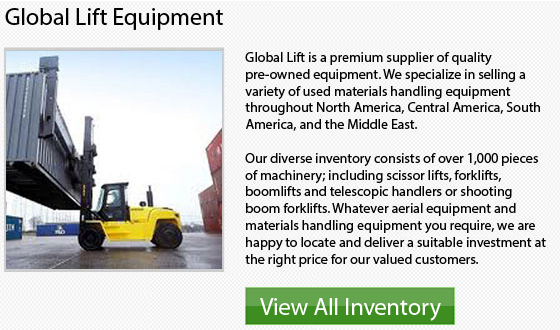
Even though sales volumes have normally been small, approximately 1% to 5% of the international forklift market; side-loaders have become the dominant choice of machinery in the material handling business for dealing with unconventional cargo in a simple way.
Usually, side-loaders are utilized within the aluminum, timber, glass, steel, construction and aviation industries. Moreover, they are used in industries which are making unusual things like for instance moldings, and windmill arms. Basically any industry which produces oversized long or awkward items uses the side-loaders.
Side-loaders were originally made during the beginning of the 1950s by Henry Le Grande Lull from the Lull Manufacturing Company. These units were designed in response to a request from the United States Air Force. The initial concept was patented for commercial application but it was not made until Lull Manufacturing was taken over by the Baker Raulang Company during 1959. It was Baker Raulang who produced the design. Later, the name was changed to Baker Traveloader. In the late 1950s, the side-loaders were introduced to Europe. The early units were designed by Italian manufacturer Fiora and the afterwards B-P Battioni e Pagani who pioneered the machine's use in timber yards.
Side-loaders vary a little from forward traveling, counterbalance forklifts in that they have their forks located on the side of the machine. The operator drives the machinery sitting in a cabin like a conventional forklift. The unloading, lifting and loading functions are performed by the mast situated at the right-hand side of the driver. The cargo is normally transported lying on a metal or wooden deck. This helps to lessen stress, distortion and damage to the cargo. Recent innovations to the side-loader design have integrated a large range of lifting accessories being developed.
The use of side-loaders instead of the reach-stackers or standard lift trucks: better visibility, safer operating conditions, and faster traveling speeds as well as the ability to utilize available space more effectively.
Only when you evaluate your work environment and kinds of applications you would be putting your equipment through, will you be able to precisely determine the right kind of machine to finish your tasks. There are several great rental alternatives available too in order to determine the best type of machinery to suit your requirements. Doing some research online or talking to a reputable dealer is another good way to get some information as well when trying to figure out the right option.